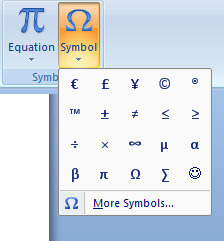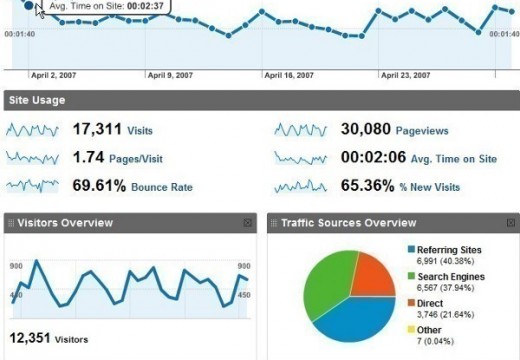The MLA (Modern Language Association) format is a writing format that journalists and other writers use when writing professional documents such as research papers, journals, and manuals. The MLA format consists of regulations designed to assist the writer to structure a Works Cited page, in-text citations, footnotes, and any other mention of a direct source. It allows readers to investigate information that the writer obtained elsewhere in order to ensure that the information is accurate and to gain an understanding of the writer’s perspective while writing the document. MLA format also aids with copyright issues when a writer is accused of plagiarism because readers can identify the source of a specific body of text.
How an MLA Format is Structured
Complete details of the MLA format concerning font types, font sizes, spacing, headings, margins, and even the size of the paper that should be used can be found in both the MLA Handbook for Writers and the MLA Style Manual and Guide to Scholarly Publishing. However, the MLA format is designed to maximize the visibility and understanding that the reader has when reading a research paper or other professional document. The MLA format dictates that text be spread out and in large, legible font. It also dictates that all sources are listed on both a Works Cited page and on the specific page that they are mentioned.
Applications
The MLA format can be used in any professional document, but is generally reserved for research papers, manuals, tutorials, journals, and essays. The MLA format is highly respected throughout the world as a standard format for English writers and, as such, newspaper columnists, journalists, philosophers, scientists, and institutions of higher learning often use it.
Advantages
The MLA format is respected worldwide because it clearly defines what writers should and should not do and how a paper should be structured. It allows readers to easily read a paper and investigate specific opinions and ideas that the writer presented because his/her sources are identified. The MLA format allows writers to appear professional and intelligent in the reader’s eyes, a quality that is essential for a document to be successful.
Disadvantages
Although the MLA format is quite advantageous, it is also rather complex and contains many rules regarding a document’s structure. Because of this, many writers do not follow the MLA format or follow it loosely, resulting in poorly written documents that do not convey the complete message that the writer is trying to communicate to the reader.



Follow Us!